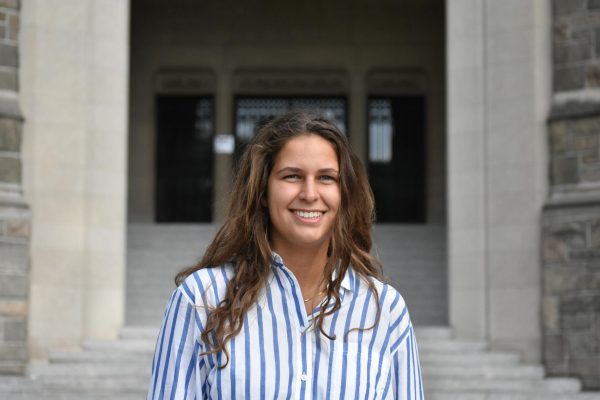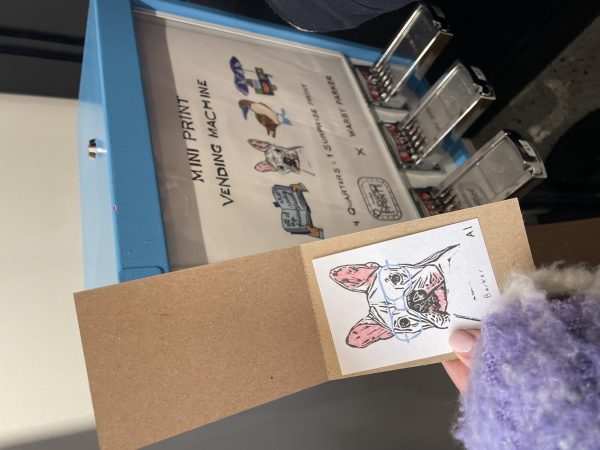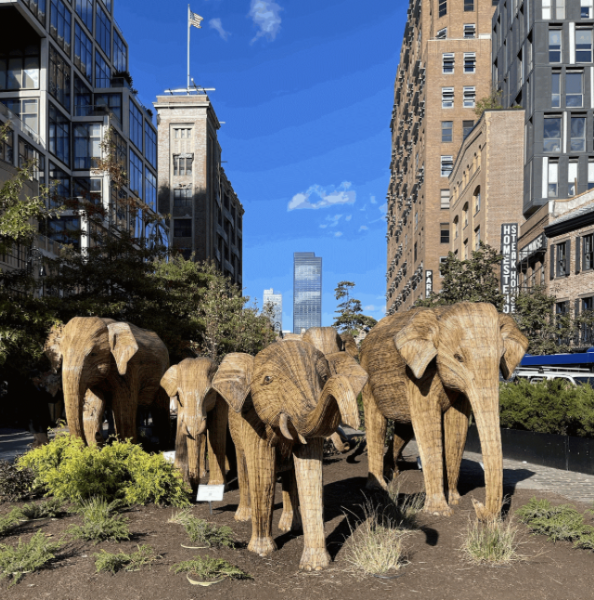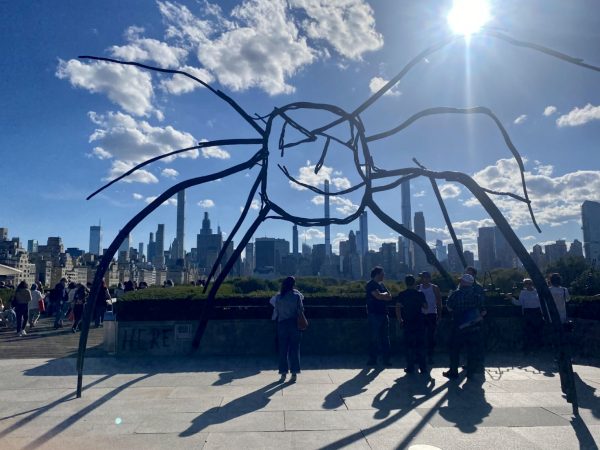An Exhibit of One’s Own: Woolf at the NYPL
The New York Public Library’s (NYPL) exhibition “Virginia Woolf: A Modern Mind” is a comprehensive and thoughtful collection that celebrates the life and career of one of the greatest, most influential writers of the 20th century.
This exhibition, which opened late last year, is the first in 30 years to highlight Woolf’s work, displaying her novel’s manuscripts, her personal journals, letters and photographs. Carolyn Vega, curator of the Henry W. and Albert A. Berg Collection of English and American Literature at the NYPL, explains that she initially proposed the exhibition in 2018, but that it was always meant to come out in 2022 to celebrate the 100 year anniversary of the publication of Woolf’s novel, “Jacob’s Room.”
“1922 was the year that she published ‘Jacob’s Room,’” Vega begins. “It is also the year that ‘Ulysses’ by James Joyce and ‘The Waste Land’ by T.S. Eliot were published, and five years ago I anticipated that there would be a lot going on with Joyce and Eliot, … so I thought it was a really important time to bring Virginia Woolf into that conversation as well. And it had been a long time.”
The room that houses the exhibition is small, and the intimacy of it truly brings the audience into the mind of Woolf. Her diary entries are enlarged on the walls and the viewer is enclosed in Woolf’s writing. It feels as though we are actually in the mind of the genius — we are with her as she scrawls in her journals, and we are floating on the stream of her consciousness.
The Berg collection of the NYPL has tens of thousands of manuscripts, journals and other artifacts from the most significant writers of all time. It is home to nearly all of Woolf’s manuscripts, the exception being “Mrs. Dalloway,” which is back in Woolf’s native country, England.
The NYPL has access to so many of Woolf’s belongings thanks to the forward-thinking of her widower, Leonard. Vega explains that after Woolf’s death, Leonard worked with women bookdealers in Chicago who had a specialty in placing bigger collections in public American institutions, as opposed to private collections. In 1958, they made the connection with Woolf’s collection and the NYPL. And, unlike other collections from famous writers who choose to keep their innermost thoughts close to their chest even decades after their passing, Woolf’s most private writing and correspondence was immediately available to the public. It was tremendously important to Leonard that his wife’s work be available to “serious students.”
Woolf is credited as one of the most prominent and experimental voices of the literary modernist movement. Her novels and essays explored themes of identity, gender, class, violence and the passage of time. However, she was not immediately lauded for her contribution to literary fiction. According to Anne Fernald, one of the world’s leading Woolf scholars and professor of English and Women’s, Gender and Sexuality Studies at Fordham, “Woolf had a reputation in England as a snobby girl writer who wasn’t important.” One of the contributing factors as to why Woolf’s works are in America is because British institutions had no interest in them.
It wasn’t until the 1970s, decades after her death, that Woolf finally began to receive recognition for her contribution to literary history. Fernald says that this is thanks to the work of American scholars, a biography by Woolf’s nephew Quentin Bell and the play “Who’s Afraid of Virginia Woolf?,” which, in fact, had very little to do with the writer, “except that it has an intense woman going kind of crazy and has Virginia Woolf in the title.” Fernald adds that “the Berg is absolutely central” to the revival of Woolf’s work.
Woolf is often imagined as a pitiable figure: a tortured genius haunted by her internal demons and the ghosts of the first World War before filling her pockets with stones and walking into the river. This exhibition declares that she is more than her worst moment. She was not only an accomplished and gifted writer, but a celebrated publisher, valued critic and a woman who surrounded herself with some of the most prominent artists of her time.
The exhibition has received well-earned praise, and Vega, a “lifelong reader and admirer” of Woolf’s work, says that “it is nice to see her being celebrated.”
If you want to be inspired, awed and gain an in-depth understanding of one of the greatest creative minds of the twentieth century, visit the NYPL’s exhibition of “Virginia Woolf: A Modern Mind,” on display until March 5. Hurry, and hopefully you won’t have to wait another 30 years until you can see her work again.

Nicole Braun is a senior from Saddle River, N.J. and she is thrilled to be a member of Volume 105! Her love for writing and editing led her to begin writing...












































































































































































































